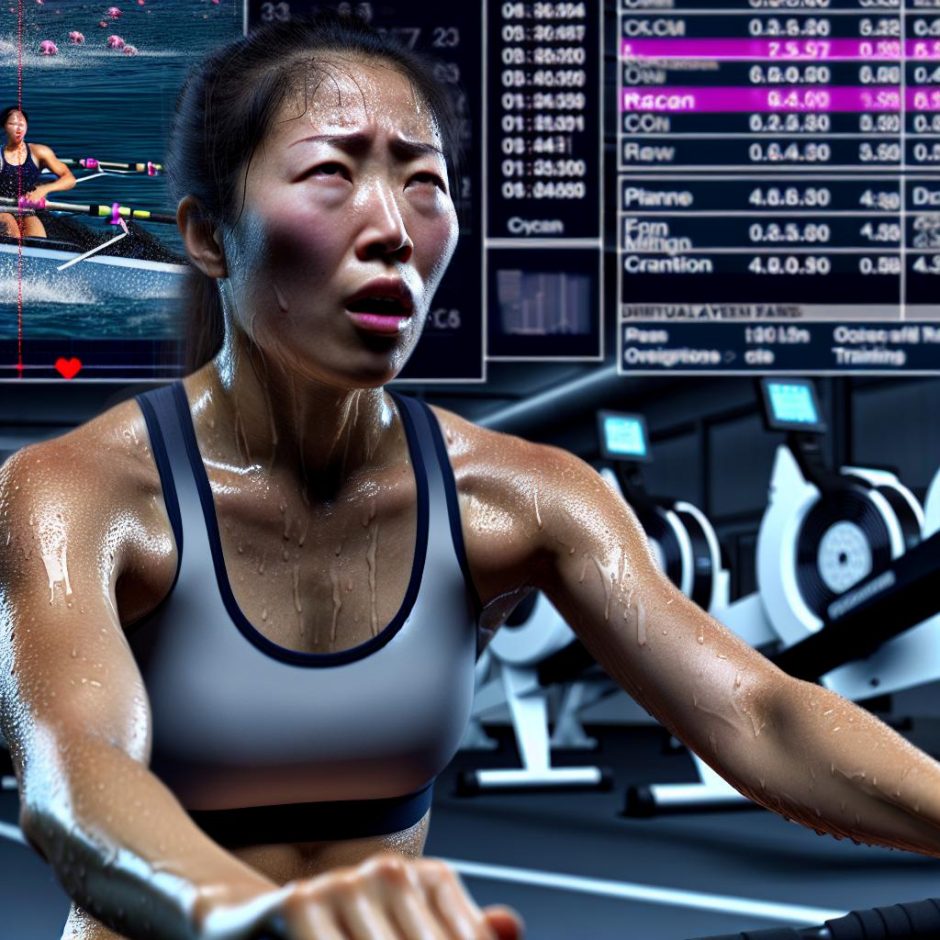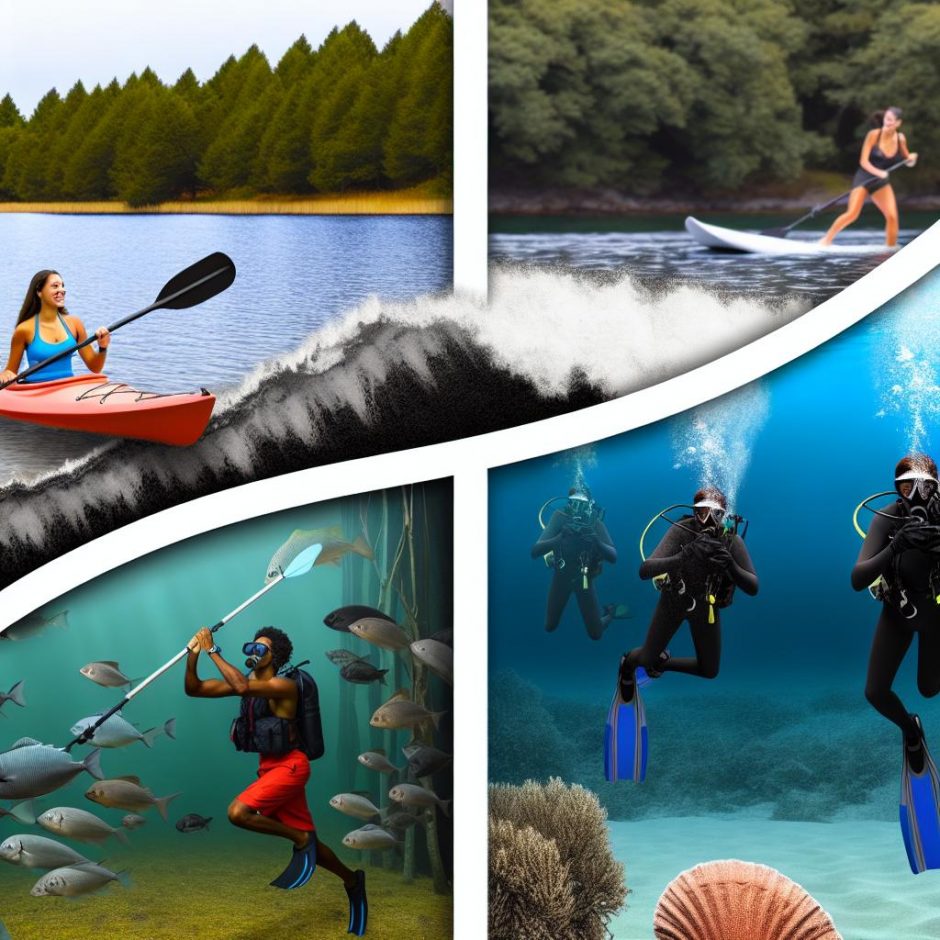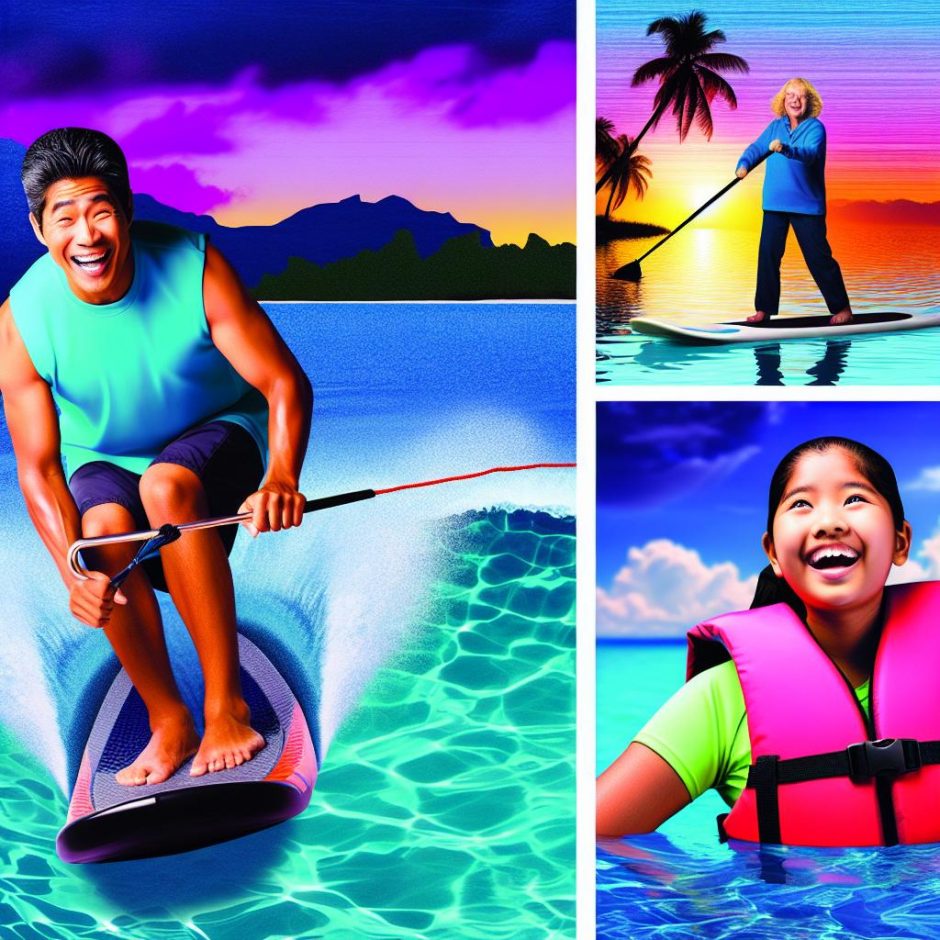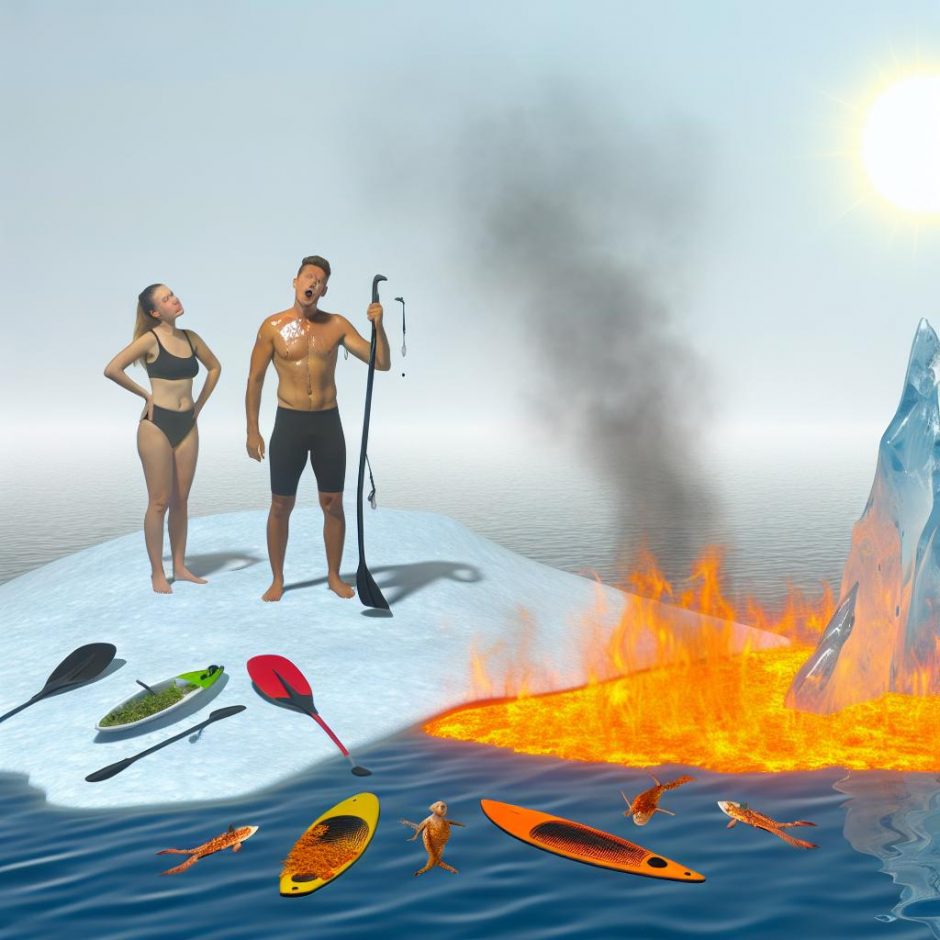Introduction to Training for Competitive Water Sports
Competitive water sports demand a high level of physical fitness, technical skill, and mental resilience. Whether you are training for swimming, rowing, or other aquatic competitions, a structured training regimen is essential. Understanding the key components of training can help athletes optimize their performance.
Understanding the Physical Demands
Water sports require a blend of aerobic and anaerobic fitness, strength, and flexibility. Each sport has unique demands, but most involve full-body engagement against water resistance. This means that training should focus on building cardiovascular endurance, enhancing muscle strength, and improving flexibility through specific exercises.
Designing a Training Program
A comprehensive training program consists of several critical elements:
Cardiovascular Conditioning: Engaging in aerobic exercises like swimming, running, or cycling is essential to build endurance. For example, regular swim sessions focusing on different strokes can enhance your overall stamina. It is crucial to vary the intensity and duration of workouts, incorporating high-intensity interval training (HIIT) for explosive power and long-distance sessions for sustained energy release.
Strength Training: Developing muscle power and stability is key for athletes involved in water sports. Strength exercises, both in and out of water, are crucial. This includes activities such as weightlifting, resistance band workouts, and bodyweight exercises. These activities enhance muscle endurance and help athletes maintain form during prolonged events. It’s also beneficial to incorporate exercises that simulate water resistance, using equipment like paddles or fins during swim drills.
Technique Development: Mastery of technique can significantly affect performance. Regular drills, coaching sessions, and video analysis can help refine techniques and increase efficiency in water. For swimmers, maintaining proper form across all strokes, turns, and finishes can make a substantial difference in competitive settings. Similarly, rowers must focus on synchronized body movements and the effective application of power with each stroke.
Flexibility and Recovery: Incorporating stretching routines and activities like yoga can maintain or improve flexibility, crucial for preventing injuries. Flexibility training should target muscle groups specifically engaged during water sports, such as the shoulders, hips, and lower back. Adequate rest and recovery periods should be included in the training schedule to allow the body to repair and grow stronger. This could involve active recovery sessions, massages, or ice baths to aid in muscle relaxation and repair.
Nutrition and Hydration
Proper nutrition plays a critical role in training. A balanced diet that includes carbohydrates, proteins, and healthy fats supports energy needs and muscle repair. Athletes should aim for nutrient-dense foods that provide the necessary fuel for both training and recovery phases. Pre-workout meals should focus on carbohydrates for energy, while post-workout meals should prioritize proteins for muscle repair.
Staying hydrated is equally important, as even mild dehydration can impair physical performance. Athletes must recognize the increased fluid demands associated with water sports, given the unique environment in which they train and compete. Electrolyte replenishment, often through sports drinks, can be beneficial during extended training sessions or competitions.
Professional Guidance
Working with a coach can provide personalized guidance and feedback crucial for competitive success. Coaches can tailor training programs to the athlete’s specific strengths and weaknesses and provide ongoing motivation and strategy. They can also assist with setting realistic goals, pushing athletes to optimize their abilities without risking burnout or overtraining. Collaboration with nutritionists and sports psychologists can further enhance an athlete’s capacity by addressing diet and mental preparedness.
Monitoring Progress
Athletes should track their training progress through regular assessments and performance metrics. This might include timing swim laps, tracking weights lifted, or documenting improvements in technique. Keeping a training log can help identify patterns and areas for improvement, enabling athletes to make informed adjustments to their routines. Regular reviews with a coach can lead to strategic updates in training plans that consider performance data and evolving training goals.
Conclusion
Training for competitive water sports requires a multifaceted approach that balances physical conditioning with skill development and nutrition. By following a structured program and seeking professional advice when necessary, athletes can enhance their performance, achieve their goals, and maintain long-term engagement in their chosen water sport. Furthermore, athletes are encouraged to stay abreast of the latest training techniques and technological advancements in their field to gain a competitive edge. For more resources and specialized training plans, explore options from certified sports organizations and academies.




